Linear Bearing Design Guide
CONTENTS
- Basics of Linear Bearings
- Factors Influencing Linear Bearing Design
- Components of a Linear Bearing System
- Key Design Considerations
- The History of the LM Guide
- Linear Bearing Applications
- Designing Linear Bearings for Specific Industries
- Advanced Topics in Linear Bearing Design
- Tips and Best Practices
In the realm of modern machinery, linear bearings stand out as pivotal elements. Their role is monumental, but it's the meticulous design behind them that truly drives system performance. This linear bearing design guide delves deep into these design intricacies, aiming to provide both professionals and enthusiasts a roadmap to achieving optimal functionality and efficiency.
Basics of Linear Bearings
At their core, linear bearings are mechanical elements that allow free motion in one direction, typically along a straight line. Unlike rotary bearings, which permit rotation, linear bearings facilitate linear movement, reducing friction between moving parts.
Types of Linear Bearings
Plain bearings: These are simple bearings that work on the principle of sliding motion. They are often cylindrical sleeves that allow a shaft to slide inside, with lubrication aiding in smooth movement. These bearings include:

Linear Sleeve Bearings for Support Rail Shafts
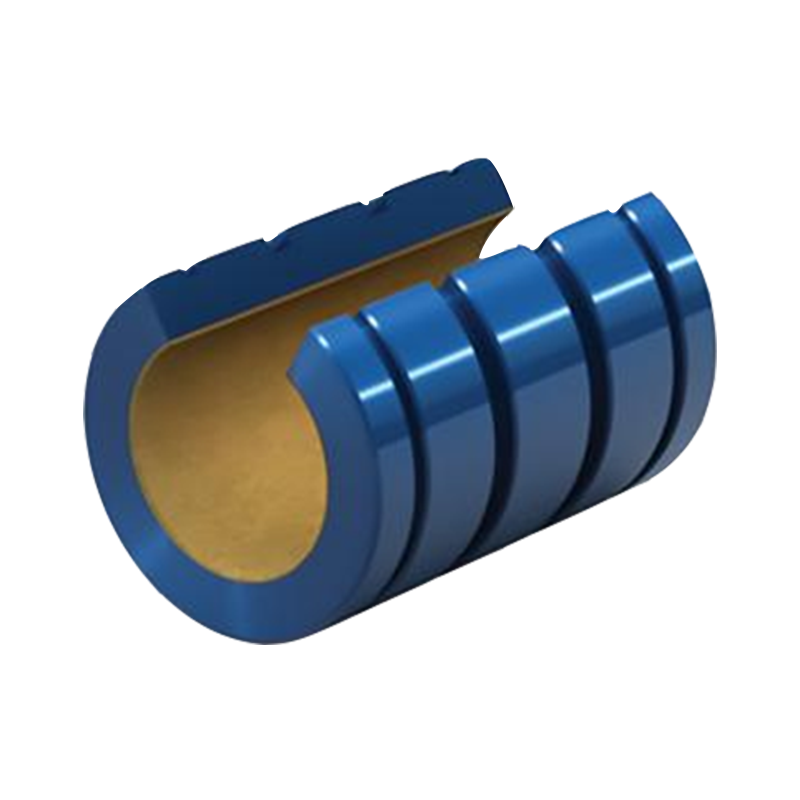
Mounted Linear Sleeve Bearings
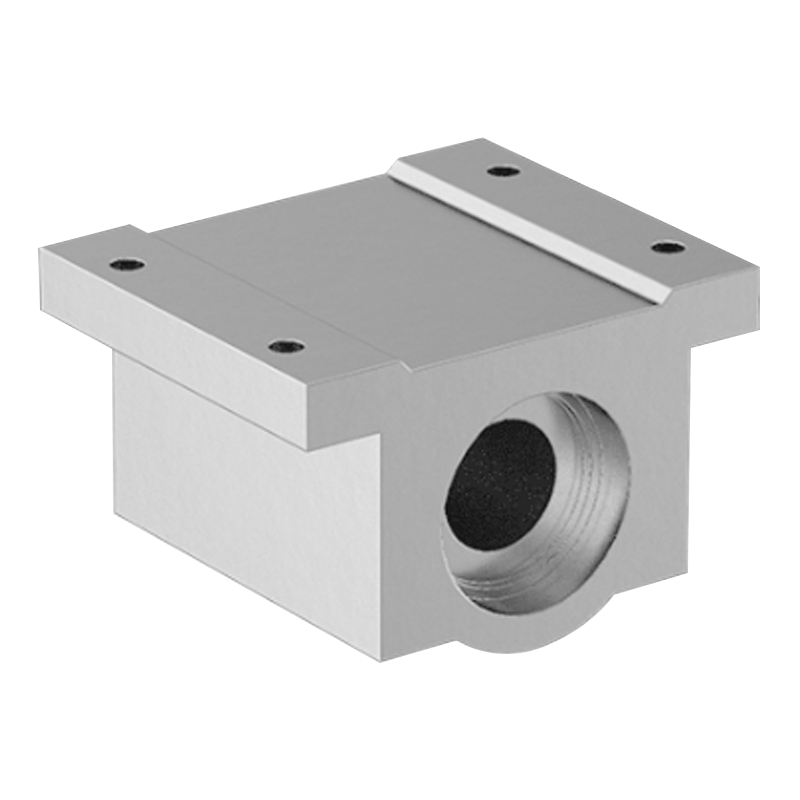
Mounted Linear Sleeve Bearings for Support Rail Shafts
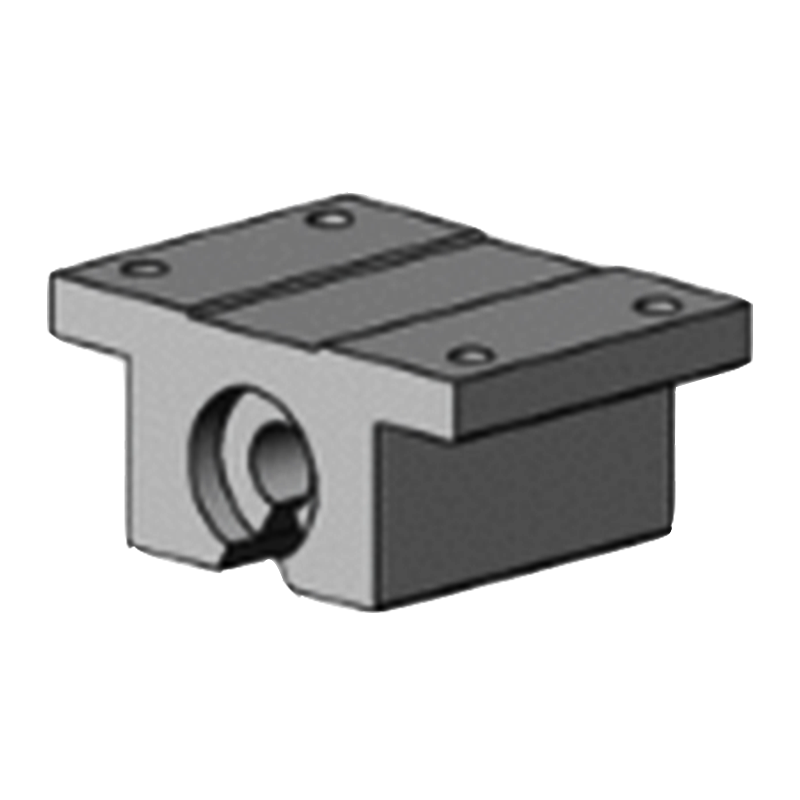
Rolling element bearings: More complex than plain bearings, these utilize balls or rollers to support loads and reduce friction. Depending on the design, the rolling elements recirculate within the bearing or remain non-recirculating. These bearings include:
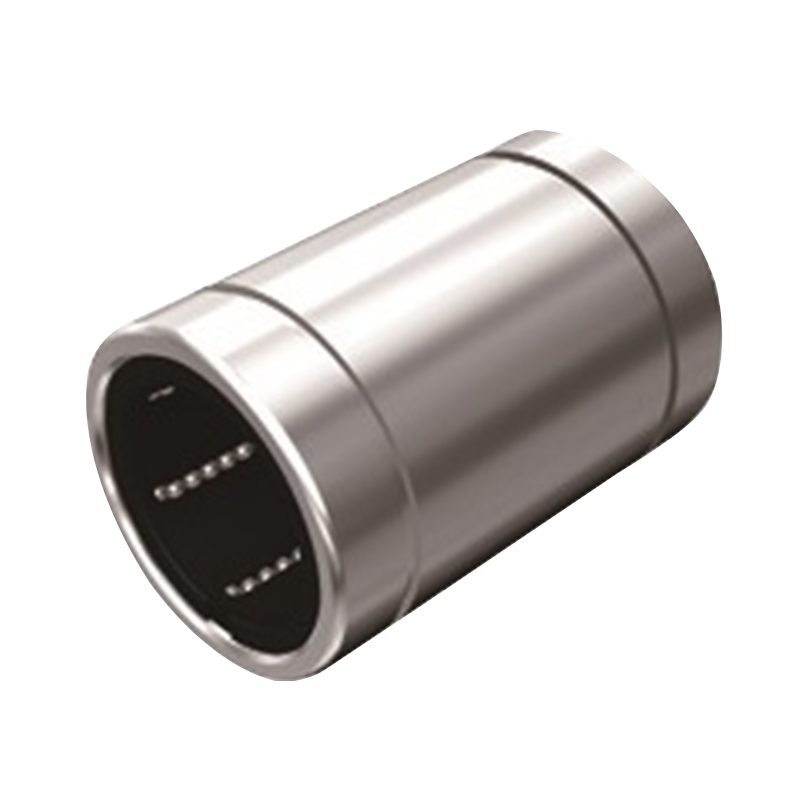
Linear Ball Bearings for Support Rail Shafts


Mounted Linear Ball Bearings for Support Rail Shafts
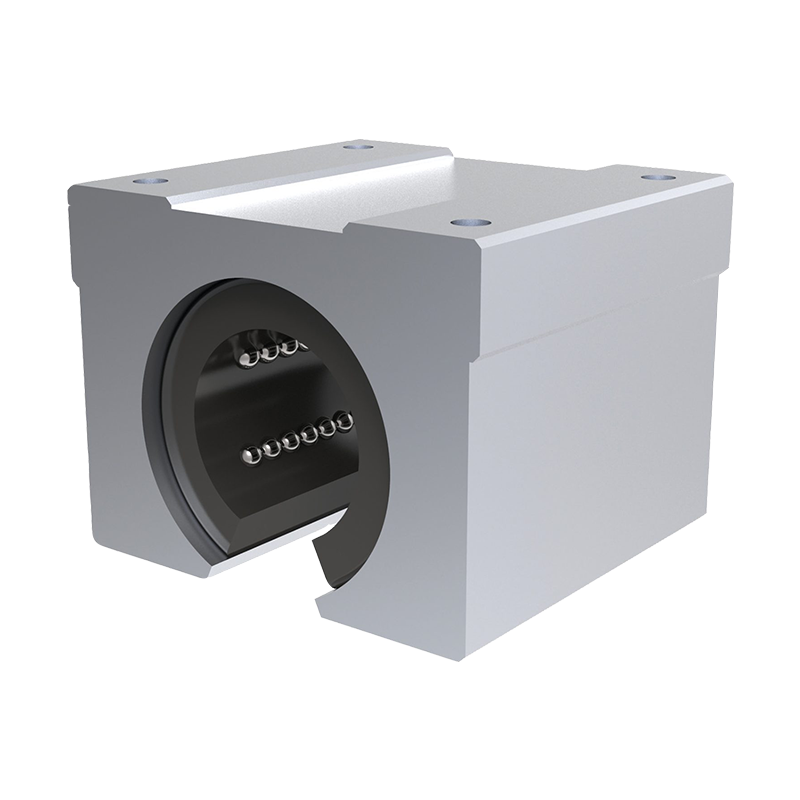
Linear Bearings for Spline Shafts
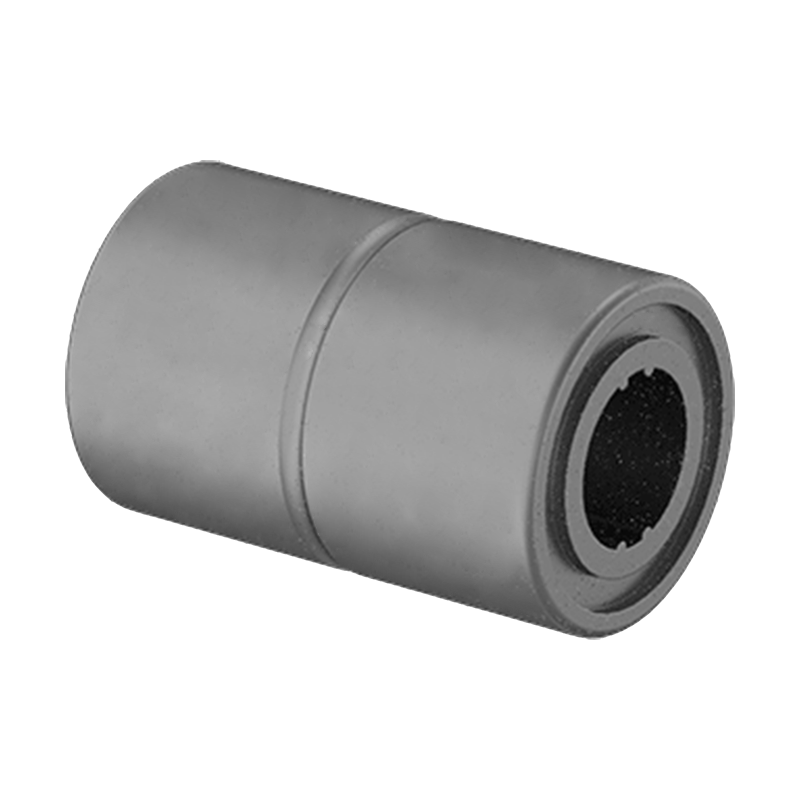
Mounted Linear Bearings for Spline Shafts
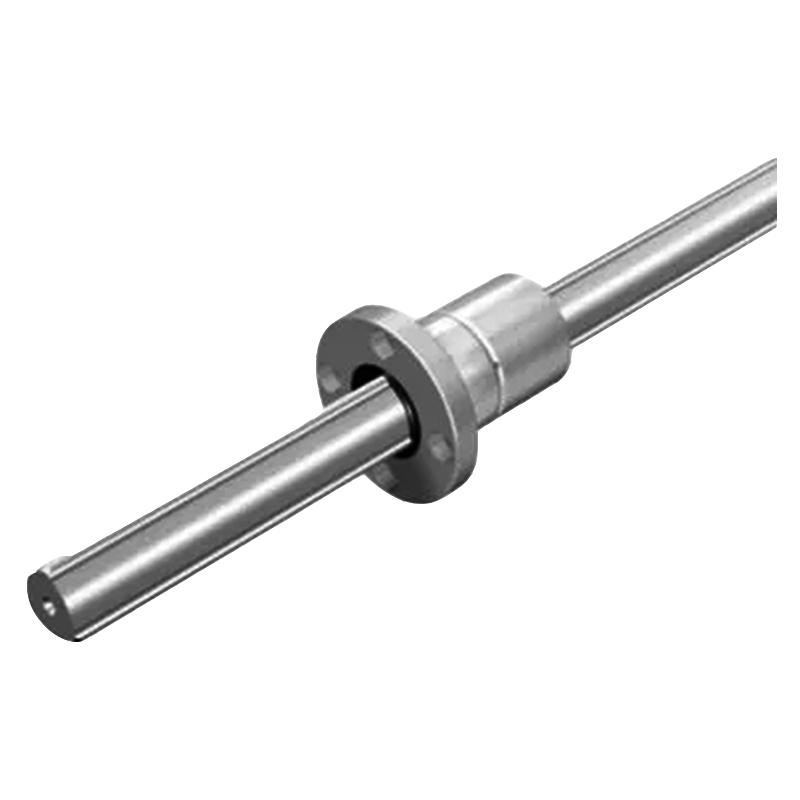
Operating Principles
Whether sliding or rolling, linear bearings operate by ensuring that the moving parts do not have direct contact, thus reducing wear and friction.
- Rolling element bearings use balls or rollers that roll between tracks, helping the bearing move smoothly along its path.
- Plain bearings rely heavily on lubricants to reduce the friction between the bearing surface and the shaft.
Factors Influencing Linear Bearing Design
Linear bearing design is influenced by a range of technical and operational factors.
- Load Types and Magnitudes: Bearings must accommodate specific load types, be it radial, axial, or moment, and handle anticipated magnitudes to ensure durability and performance.
- Speed and Precision: The design must cater to desired movement speeds and positioning precision, with high-speed or precision-heavy tasks necessitating specialized considerations.
- Environmental Factors: Temperature, humidity, and exposure to corrosives can dictate material choice and sealing methods to ensure optimal performance.
- Lubrication: Lubrication type and frequency can impact bearing life. Choices between oil, grease, or solid lubrication, and whether self-lubricating or externally lubricated, play a role in design decisions.
- Budget Considerations: Balancing quality and cost is essential, with an eye towards long-term efficiency and durability to ensure cost-effectiveness.
Components of a Linear Bearing System
- Rails and Tracks: Serving as the foundational support, rails and tracks guide the motion path and bear the load, ensuring linear movement.
- Bearing Carriages: Often referred to as blocks or slides, bearing carriages move along the rails, translating the force and facilitating motion.
- Lubrication Systems: Essential for minimizing friction, these systems supply lubricants, reducing wear and prolonging bearing lifespan.
- Seals and Enclosures: Protecting the system from external contaminants like dust and moisture, seals and enclosures ensure optimal performance in varied environments.
- Mounting and Alignment: Precision in mounting and alignment is vital for uniform load distribution, preventing misalignment-related wear and ensuring smooth operation.
Key Design Considerations
Designing an efficient linear bearing system requires precision and foresight:
- Proper Bearing Selection: Choose bearings based on operational demands and load expectations.
- Ball vs. Roller Bearings: Ball bearings suit high-speed, low-load applications, while roller bearings handle heavier loads.
- Material Selection: Opt for materials that match the operational environment for durability and efficiency.
- Preload and Clearance: Fine-tune for optimal performance and balance between rigidity and movement.
- Bearing Lubrication: Regularly lubricate to reduce friction and ensure smooth operation.
- Seal Selection: Pick seals that best protect against external contaminants.
- Maintenance: Timely upkeep extends bearing service life and ensures reliability.
The History of the LM Guide
Evolution of Linear Motion
- Initiated with the U.S.-developed ball bushing in 1944, the motion technology faced early challenges in compactness and load capacity.
- By 1971, Hiroshi Teramachi introduced the angular ball spline, addressing clearance issues of its predecessor.
LM Guide's Development
- Teramachi's 1972 Model LSR revolutionized linear guides by integrating the shaft with a base, enhancing precision and mounting ease.
- THK's subsequent models, the NSR-BC (1973) and NSR-BA (1975), set industry standards for high-precision linear motion.
Key Milestones in LM Guide History
- 1944: Ball bushing's debut.
- 1971: Angular ball spline by Teramachi.
- 1972: World's first LM Guide, Model LSR.
- 1973 & 1975: Model NSR-BC & Model NSR-BA launches, respectively.
Linear Bearing Applications
- Machine Tools and CNC Systems: Linear bearings provide precision and stability in CNC operations, ensuring accurate machining and tooling processes.
- Automation and Robotics: In automated production lines and robots, linear bearings facilitate smooth, repetitive movements critical for efficiency and consistency.
- Medical Equipment: For devices like MRI machines and surgical robots, linear bearings ensure precise movements, contributing to patient safety and diagnosis accuracy.
- Conveyor Systems: Linear bearings support conveyor belts in industries, allowing for the seamless transportation of goods with reduced friction and wear.
- Aerospace and Automotive: From aircraft landing gears to car assembly lines, linear bearings play a pivotal role in enhancing movement precision and equipment longevity.
Designing Linear Bearings for Specific Industries
Tailoring Design for Industry-specific Needs
Recognizing that each industry possesses unique challenges and operational requirements, it's essential to customize linear bearing designs. Whether it's the high-speed demands of the automotive industry or the precision needs in medical equipment, tailored solutions enhance both performance and reliability.
Case Studies and Success Stories
Numerous industries have benefited from bespoke linear bearing designs. For instance, in the aerospace sector, custom bearings have proven critical in ensuring aircraft safety and efficiency. Meanwhile, in the food processing industry, specially designed bearings that resist corrosion and contamination have maximized production uptime. These success stories underscore the value of industry-specific bearing solutions.
Advanced Topics in Linear Bearing Design
- Testing and Validation: Ensuring bearings meet load and efficiency standards through rigorous assessments.
- Emerging Trends: Innovations like smart bearings with sensors and self-lubricating materials are redefining the field.
- Future Prospects: Integration of AI and IoT promises predictive maintenance and real-time monitoring, elevating linear system capabilities.
Tips and Best Practices
For optimal linear bearing design, always select materials suitable for the intended application and ensure correct alignment. Conversely, avoid overloading or improperly fitting components. When issues arise, regular checks can swiftly pinpoint typical problems, such as misalignment or uneven wear. Lastly, consistent maintenance and lubrication are paramount for ensuring both longevity and peak system performance.
Conclusion
In the realm of machinery, understanding linear bearing design fundamentals is pivotal. These principles ensure efficient operation and pave the way for innovative advancements. As we've explored in this guide, optimizing system performance is a continuous journey that demands attention to detail and adaptation to evolving trends. Embracing these principles guarantees peak machine functionality, ensuring durability and efficiency.
Keep Learning








